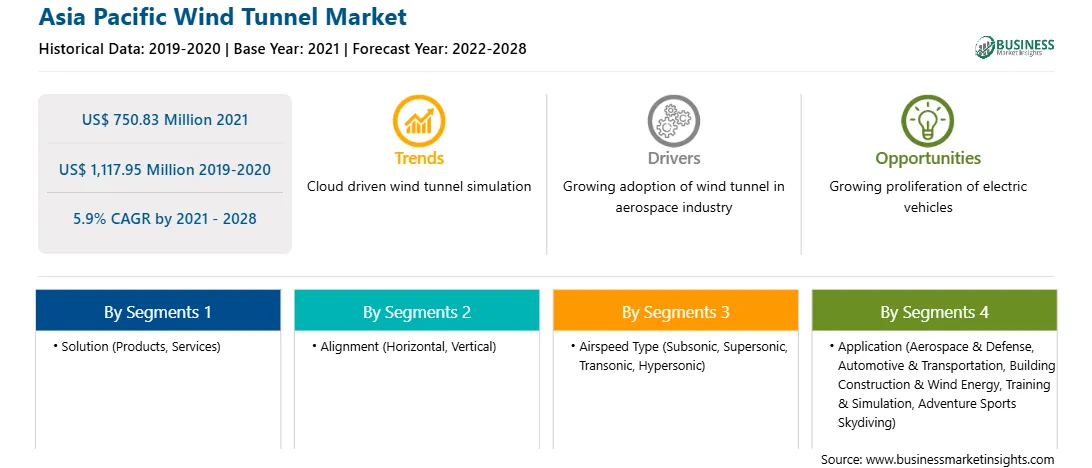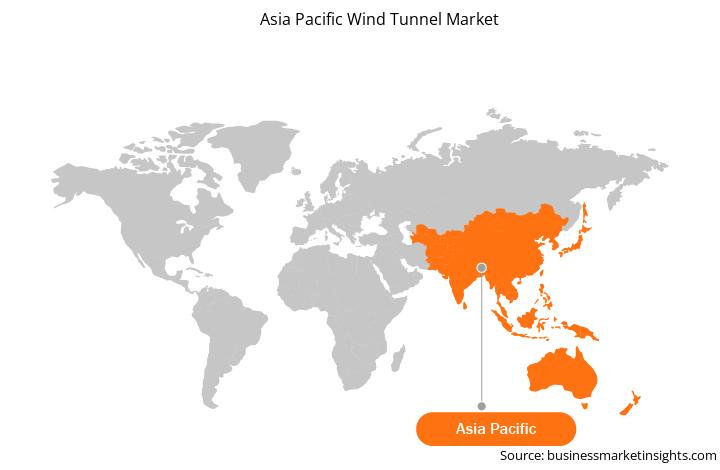Aerodynamics plays an increasingly important role in electric cars than in ICE-based vehicles, as maximum energy used to accelerate or drive uphill can be recovered through energy recuperation. Electric passenger cars with floor batteries are designed with an empty front boot, optimized to capture wind energy, and generate electricity. To address the energy recuperation requirements, automotive engineers perform an aerodynamic analysis of an electric passenger car using wind tunnels placed at the front. The initial aerodynamic analysis of a basic electric car model is based on the simulation created using wind tunnels and aerodynamic add-on-devices, such as sensors.
The rising concerns regarding the negative impact of the transportation sector on the environment and the shift in consumer inclination toward zero-emission vehicles led to a significant surge in the adoption of light-duty electric passenger vehicles. China has the largest fleet of electric vehicles, with 4.5 million electric cars. The adoption of EVs has been fast in Asia Pacific, which reached a total of 3.2 million electric passenger vehicles. Furthermore, the demand for electric vehicles is driven by huge investments made by automotive giants in the research and development of electric vehicles. General Motors, Volkswagen, Volvo, BMW, Nissan, and Audi confirmed the plan to invest ~US$ 150 billion collectively in the manufacturing of electric vehicles and launched new models during 2020–2021. Therefore, the rapid adoption of electric vehicles worldwide offers vast growth opportunities for the wind tunnel market players due to their significance in EV design and production.
With the new features and technologies, vendors attract new customers and expand their footprints in emerging markets. This factor is driving the growth of Asia Pacific wind tunnel market and is expected to grow at a good CAGR during the forecast period.
The Asia Pacific wind tunnel market is analyzed on the basis of solution, alignment, airspeed type, application, and country. Based on the solution, the market is bifurcated into services and products. The services segment is expected to continue its dominance during the forecast period. Wind tunnels' reduced operation & maintenance (O&M) costs and the easy availability of technical installation and maintenance drive the segment's growth. Based on alignment type, the market is bifurcated into horizontal and vertical segments. The horizontal segment accounted for a larger market share in 2020 and is expected to continue its dominance. Based on airspeed type, the market is segmented into subsonic, supersonic, transonic, and hypersonic. The subsonic segment held the largest market share in 2020. The rising demand for commercial aircraft and automotive testing services is the primary factor responsible for the growth of this segment. Based on application, the wind tunnel market is segmented into aerospace and defense, automotive and transportation, building construction and wind energy, training and simulation, adventure sports skydiving, and others. Aerospace and defense segment held the largest market share in 2020 and is expected to continue its dominance during the forecast period. The increased usage of wind tunnels for testing aircraft used for aerospace and defense applications is a major factor responsible for the segment's growth. Based on country, the market is segmented into Australia, China, India, Japan, South Korea, and the rest of APAC. Furthermore, Aerolab; Aiolos; Boeing; Horiba Ltd; Lockheed Martin Corporation; Mahle GmbH; Mitsubishi Heavy Industries, Ltd; and RUAG are among the leading companies in APAC wind tunnel market.
Strategic insights for the Asia Pacific Wind Tunnel provides data-driven analysis of the industry landscape, including current trends, key players, and regional nuances. These insights offer actionable recommendations, enabling readers to differentiate themselves from competitors by identifying untapped segments or developing unique value propositions. Leveraging data analytics, these insights help industry players anticipate the market shifts, whether investors, manufacturers, or other stakeholders. A future-oriented perspective is essential, helping stakeholders anticipate market shifts and position themselves for long-term success in this dynamic region. Ultimately, effective strategic insights empower readers to make informed decisions that drive profitability and achieve their business objectives within the market.

| Report Attribute | Details |
|---|---|
| Market size in 2021 | US$ 750.83 Million |
| Market Size by 2028 | US$ 1,117.95 Million |
| Global CAGR (2021 - 2028) | 5.9% |
| Historical Data | 2019-2020 |
| Forecast period | 2022-2028 |
| Segments Covered |
By Solution
|
| Regions and Countries Covered | Asia-Pacific
|
| Market leaders and key company profiles |
The geographic scope of the Asia Pacific Wind Tunnel refers to the specific areas in which a business operates and competes. Understanding local distinctions, such as diverse consumer preferences (e.g., demand for specific plug types or battery backup durations), varying economic conditions, and regulatory environments, is crucial for tailoring strategies to specific markets. Businesses can expand their reach by identifying underserved areas or adapting their offerings to meet local demands. A clear market focus allows for more effective resource allocation, targeted marketing campaigns, and better positioning against local competitors, ultimately driving growth in those targeted areas.

The Asia Pacific Wind Tunnel Market is valued at US$ 750.83 Million in 2021, it is projected to reach US$ 1,117.95 Million by 2028.
As per our report Asia Pacific Wind Tunnel Market, the market size is valued at US$ 750.83 Million in 2021, projecting it to reach US$ 1,117.95 Million by 2028. This translates to a CAGR of approximately 5.9% during the forecast period.
The Asia Pacific Wind Tunnel Market report typically cover these key segments-
The historic period, base year, and forecast period can vary slightly depending on the specific market research report. However, for the Asia Pacific Wind Tunnel Market report:
The Asia Pacific Wind Tunnel Market is populated by several key players, each contributing to its growth and innovation. Some of the major players include:
The Asia Pacific Wind Tunnel Market report is valuable for diverse stakeholders, including:
Essentially, anyone involved in or considering involvement in the Asia Pacific Wind Tunnel Market value chain can benefit from the information contained in a comprehensive market report.